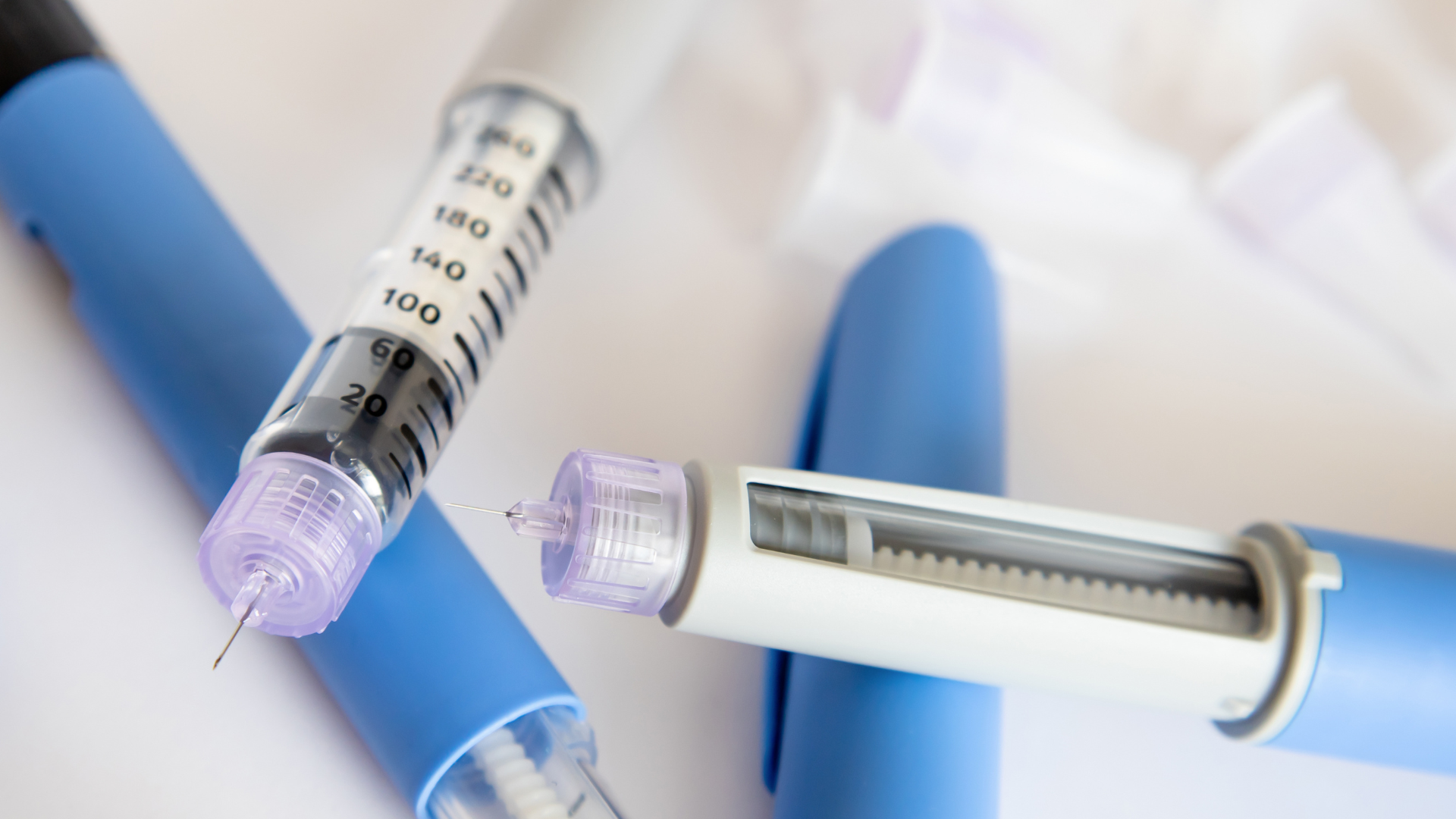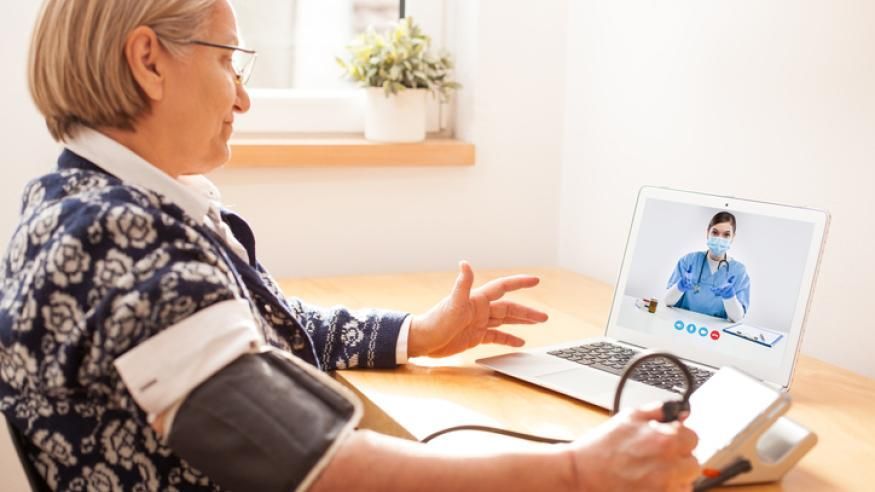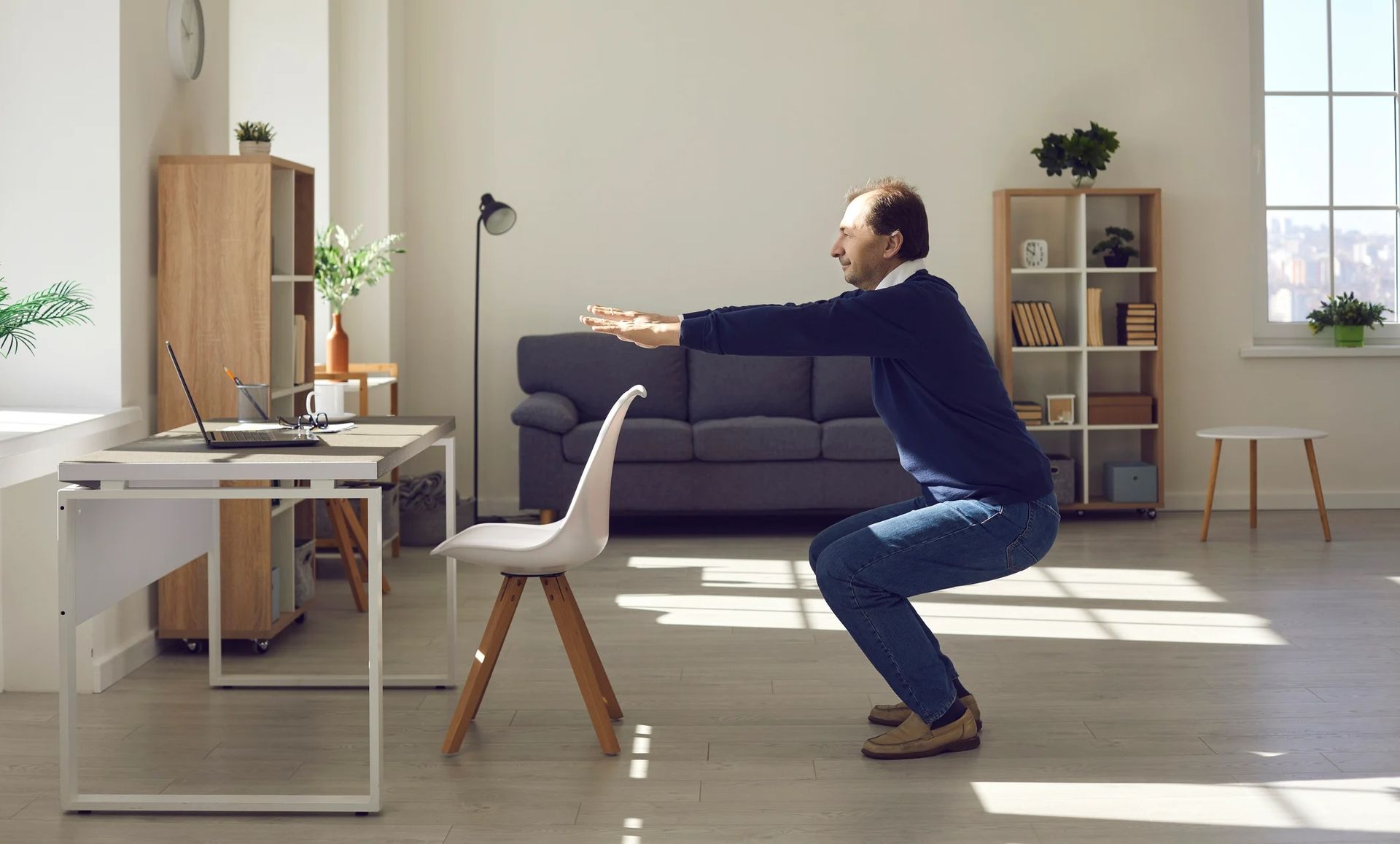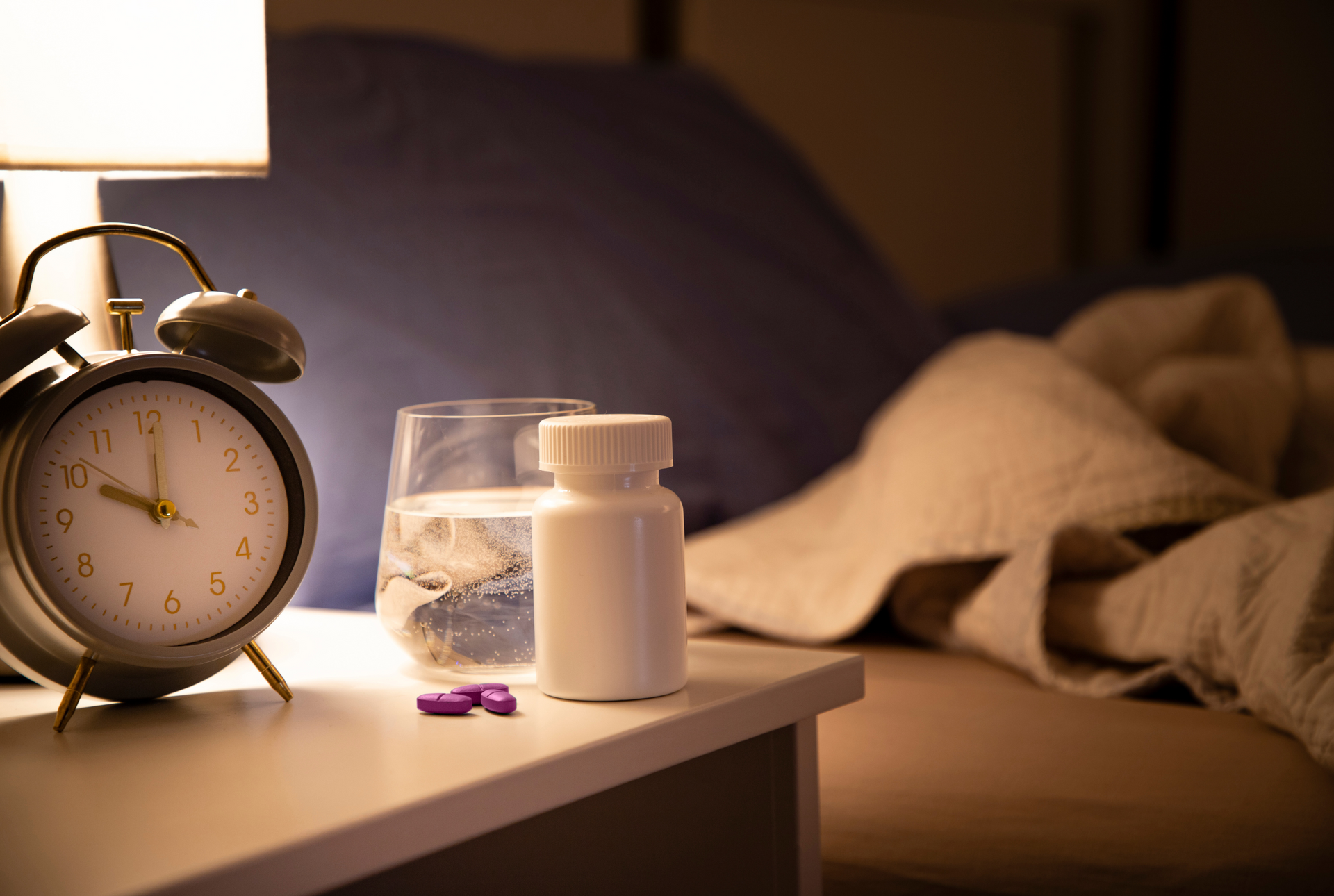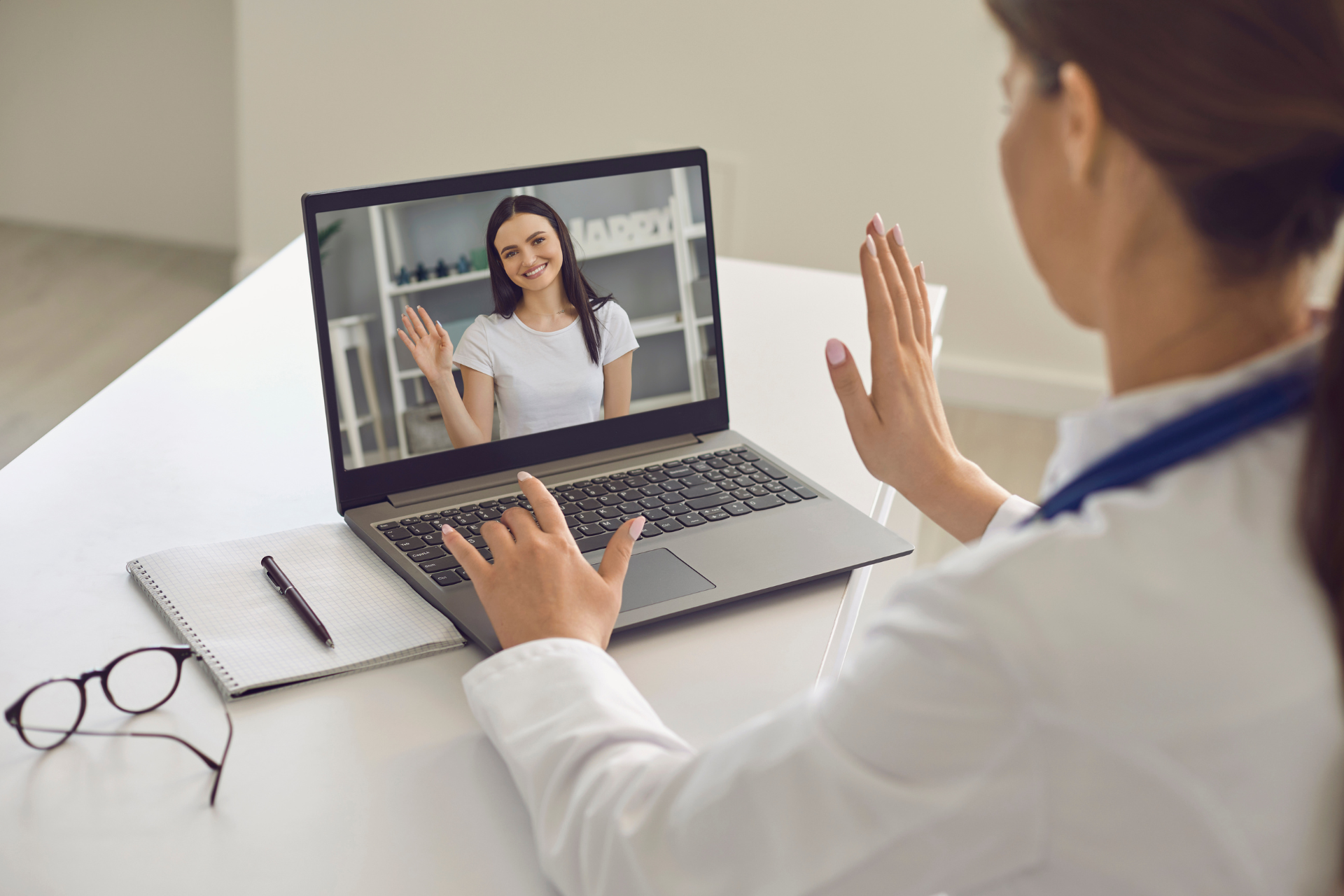Exercise: Don’t Let a Fear of Hypos Stop You
Exercise: Don’t Let a Fear of Hypos Stop You

Most of us don’t get the exercise we need to stay healthy. For people with diabetes, one of the biggest barriers is low blood sugar.
If you’re living with type 1 diabetes, it is very likely that your healthcare provider or certified diabetes care and education specialist (CDCES) has counseled you on the importance of regular exercise. Chances are, you’ve had a conversation that sounds like this:
Healthcare provider: “How much exercise are you getting each week?”
You: “Oh, I take a walk on my lunch break.”
Healthcare provider: “Every day?”
You: “Well, sometimes I don’t take a break. So, maybe, 2 or 3 days per week?”
Healthcare provider: “How about strength training?”
You: “Well, I could do better at that…”
We know that adults with type 1 diabetes should get a minimum of 150 minutes of moderate-to-vigorous-intensity exercise weekly. However, only around 30% of these adults get the recommended minimum amount of exercise. One of the biggest barriers? Hypoglycemia.
That being said, the glycemic response to exercise is highly individualized. Not only do factors such as carbohydrate intake, hormones, and insulin on board have an impact, but the type of exercise can also play a large role. For example, aerobic exercise tends to drop glucose levels, while interval and resistance training may actually increase blood sugar levels.
What new studies reveal about exercise and type 1 diabetes
The Type 1 Diabetes and Exercise Initiative (T1DEXI) evaluated nearly 500 participants with type 1 diabetes over four weeks. The participants were asked to perform a variety of exercises using highly specified at-home regimens that incorporated aerobic activity, interval training, and resistance training.
Participants were also asked to self-report non-study exercise, food intake, and insulin dosing using an app on their smartphones. All participants also used some form of continuous glucose monitoring (CGM) and monitored their heart rates.
As suspected, the largest drop in glucose levels was noted with aerobic exercise (like cycling, swimming, and jogging), followed by interval training (like sprinting and jumping rope), and then resistance training (strength training or weightlifting). However, interval training and resistance training are frequently associated with glucose rises in lab studies.
In the T1DEXI study, this was only sometimes the case. According to the authors, this was possibly because “...the intensity of effort was lower than expected, according to collected heart rate data, and because the exercise was not restricted to the morning in a fasted state, which is typical of laboratory-based research.”

Hypoglycemia prevention
In the T1DEXI study, participants received no specific counseling on hypoglycemia prevention.
“The goal of the study was to collect real-world data, so while we did not want to introduce interventions that could change typical behavior, we did want participants to be aware of the potential for hypoglycemia and exercise safely,” said Robin Gal, an epidemiologist at the Jaeb Center for Health Research and the principal investigator for the T1DEXI study.
Rather, Gal said participants were asked to check glucose levels before exercise as well as during based on symptoms of hypoglycemia.
It can be extremely challenging to prevent hypoglycemia when exercising, even with the most advanced technologies. While diabetes technology has advanced in a significant way over the past decade, insulin pumps are not fully automated…yet.
Here are some low blood sugar prevention tips from Dr. Michael C. Riddell, professor and senior scientist at the Muscle Health Research Centre, York University in Toronto, and Michael Rickels, an adult endocrinologist at the University of Pennsylvania, who conducts research on the prevention of hypoglycemia in adults with type 1 diabetes:
- When using automated insulin delivery (AID) systems, put them in exercise or temp target 90 minutes before the start of long-duration aerobic activities. Try not to snack on carbohydrates after placing them in these modes unless running low.
- Vigorous aerobic activity with little-to-no insulin on board can prevent hypoglycemia.
- When exercising later in the day, wait 3-4 hours after your last meal; this minimizes how much insulin is on board.
- If glucose is less than 100 mg/dL prior to the start of the activity, it’s best to have some form of carbohydrate prior to initiating exercise.

Hyperglycemia prevention
Though most people tend to fear hypoglycemia when exercising, it is worth noting that hyperglycemia (high blood sugar) can also occur.
In the T1DEXI study, hyperglycemia was less common, likely due to reduced intensity of the exercises performed at home, as well as variables such as not performing exercise in a fasted state.
However, in real-world situations, we know that certain exercises – specifically weight training and high-intensity sports like hockey, basketball, and sprinting – tend to increase blood sugar levels.
What causes this phenomenon?
“Anaerobic exercise, which leads to muscle exhaustion, results in burning glucose for energy without the availability of oxygen, which leads to the generation of lactic acid as a byproduct,” said Rickels. “That lactic acid circulates to the liver that converts it back into glucose and returns it to the circulation.”
Hyperglycemia after exercise can seem pretty demoralizing. One of the best things that you can do to bring the levels back down is to perform a short cool-down. This can be as easy as taking a 10-20 minute easy walk on the treadmill or outdoors or doing an easy stretch, said Rickels.
Another tip is performing these types of exercises when you have a little bit of insulin on board, which is counter to the prevention of hypoglycemia. In addition, taking a very small correction can be helpful, though you should discuss this with your healthcare provider first, said Riddell.
Which type of exercise is best?
The answer is all are the best. We need different types of exercise for various reasons. It’s common knowledge that our bodies perform at their best if we have a well-rounded exercise regimen.
Cardiovascular exercise and strength training, which aerobic activity, interval training, and resistance training encompass, allow our bodies to remain strong while improving heart health and promoting glycemic control.
Incorporating exercise into everyday life can be challenging. We know that the goal is 150 minutes of moderate-to-vigorous activity weekly, but for those who do no physical activity, this can seem like an insurmountable feat.
Remember that five minutes of activity is better than none. Here are some tips for incorporating physical activity into your life if you have minimal time, are exercise-naive, or if it’s been a while since you last exercised:
- Take a look at your schedule each week. Where can you fit in a few minutes? Write down your planned activities or add them to your calendar so that you have a contract with yourself.
- Exercise doesn’t need to be painful or something that you dislike. If you used to kill yourself at the gym and you now have a negative relationship with the gym, don’t get a membership that you won’t use. Instead, purchase a good pair of shoes and see if walking or hiking are more your style.
- Enlist the help of a friend, family member, or coworker. Often, having an accountability partner can make all the difference.
- Increase exercise incrementally. Our bodies are resilient, but if you have chronic pain and mobility issues, performing your chosen exercise for even a few minutes several days per week may have a profound impact on glycemic control. Once you’ve got the basics down, try adding a few minutes to your workout each week.
- If you have heart issues, such as cardiovascular disease, hypertension, or hyperlipidemia, your healthcare provider may be able to refer you to cardiac rehab. Cardiac rehab is excellent because exercise physiologists can prescribe you a workout regimen that is right for you, given the condition of your heart. This is typically covered by insurance.
- Finally, don’t focus on 150 minutes – focus on your progress, even if it’s only a few minutes per day.
The bottom line
Many people with type 1 diabetes tend to fear exercise. This is most often because of hypoglycemia but also because of hyperglycemia. However, proper preparation and a game plan – namely, adjustments in insulin and a cool-down – can significantly improve both from occurring.
Source:
Healthy Bites



